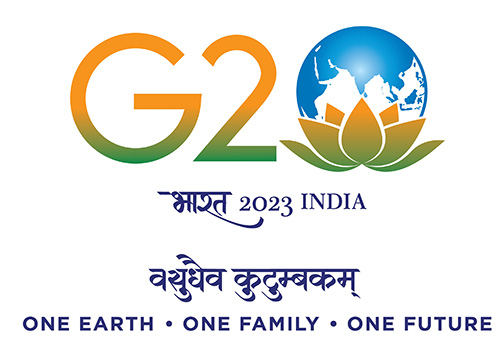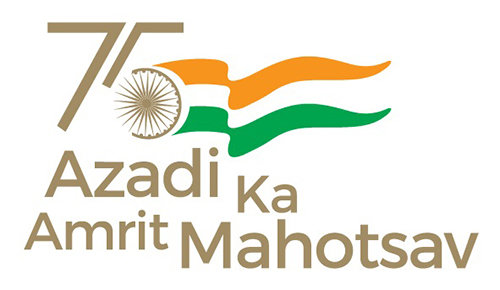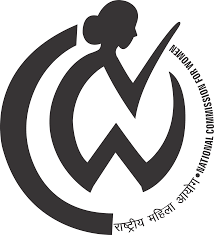History
Way back in 1946, visionary leaders in the country conceived the idea of establishing Higher Technical Institutes to support post-war industrial development in India. A committee, headed by Nalini Ranjan Sarkar, recommended the establishment of these institutes in various parts of India. The first Indian Institute of Technology was founded in May 1950 at Kharagpur. Jawaharlal Nehru, the first Prime Minister of India, at the first convocation of IIT Kharagpur in 1956, clarified in his address that these institutes of technology would help meet the technological challenges of the nation.
During 1959-1960, four IITs were established at Bombay, Delhi, Kanpur, and Madras. Subsequently, on 15 September 1961, the Parliament of India passed an act known as the Institutes of Technology Act, declaring IIT Kharagpur as an institute of national importance. Also, IIT Kharagpur was given the status of an autonomous university. Thereafter, IIT Guwahati started in 1994, and the then University of Roorkee was given the status of an IIT (now called IIT Roorkee) in 2001.
The establishment of eight more IITs across the country began with a decision of the Cabinet, which was announced by the Minister of Human Resource Development on 28 March 2008. IIT Bhubaneswar, IIT Gandhinagar, IIT Hyderabad, IIT Jodhpur (earlier called IIT Rajasthan), IIT Patna, and IIT Ropar began functioning in 2008, while two others, IIT Indore and IIT Mandi, commenced their sessions in 2009.
During the past decades, since 1956, IITs have become a hallmark of quality technology undergraduate education internationally, attributed largely to the ambience of quality academics. The endeavor at IIT Jodhpur is to uphold this brand image, which has been meticulously built over the last 60 years, with a renewed focus on producing world-class, technology-driven graduates who will contribute to the nation's development.













